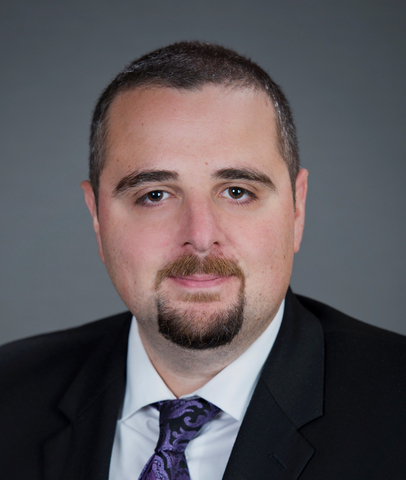AUSANNE, Switzerland & SAN DIEGO– HAYA Therapeutics, SA, a company developing RNA-guided programmable precision medicines focused on long non-coding RNAs (lncRNAs), today announced that Ahmad Masri, M.D., M.S. and Cedric Feschotte, Ph.D. are joining HAYA’s advisory boards.
“The expansion of our advisors with Ahmad and Cedric, and the creation of our Clinical Advisory Board marks a significant milestone for HAYA,” said Samir Ounzain, Ph.D., Co-founder and CEO of HAYA Therapeutics. “Our mission is to bring the next generation of RNA-focused, disease-modifying precision medicines to patients, and our advisory boards will help guide IND-enabling studies as we begin to prepare to enter the clinic and further develop our dark genome platform for disease-driving cell-state targeting.”
As the newest member of HAYA’s Clinical Advisory Board (CAB), Dr. Masri is a Cardiologist and a Physician Scientist at the Oregon Health & Science University (OHSU) Knight Cardiovascular Institute where he leads the Cardiomyopathy Section and is the Director of the Hypertrophic Cardiomyopathy Center and Assistant Professor of Medicine, Division of Cardiovascular Medicine, School of Medicine at OHSU. Dr. Masri is an expert in hypertrophic cardiomyopathy and amyloidosis. In addition to providing highly specialized and multidisciplinary clinical care, Dr. Masri oversees a research team focused on translational, imaging and clinical research, including participating in or leading many of the contemporary clinical trials, in hypertrophic cardiomyopathy and amyloidosis. Dr. Masri holds an M.D. from the Jordan University of Science and Technology and an M.S. from the University of Pittsburg.
“The team at HAYA has made significant progress in advancing their lead therapeutic candidate and identifying novel opportunities with their drug discovery platform,” said Dr. Masri. “I’m excited to support the impressive HAYA team as they take the next steps toward delivering a novel therapeutic to patients with serious cardiac conditions associated with cardiac fibrosis, including hypertrophic cardiomyopathy.”






